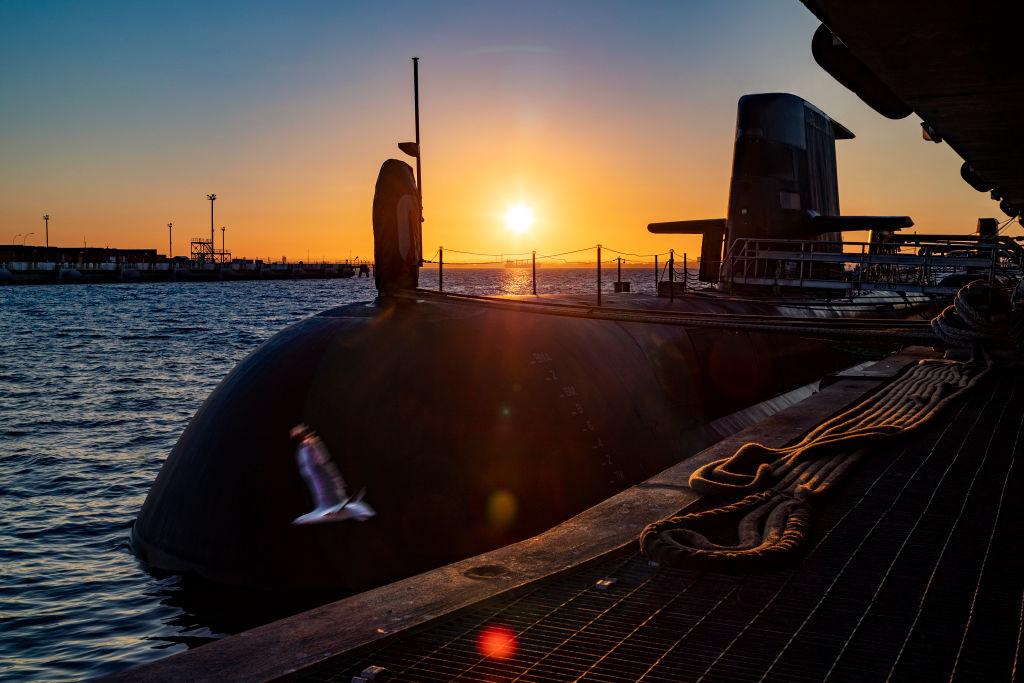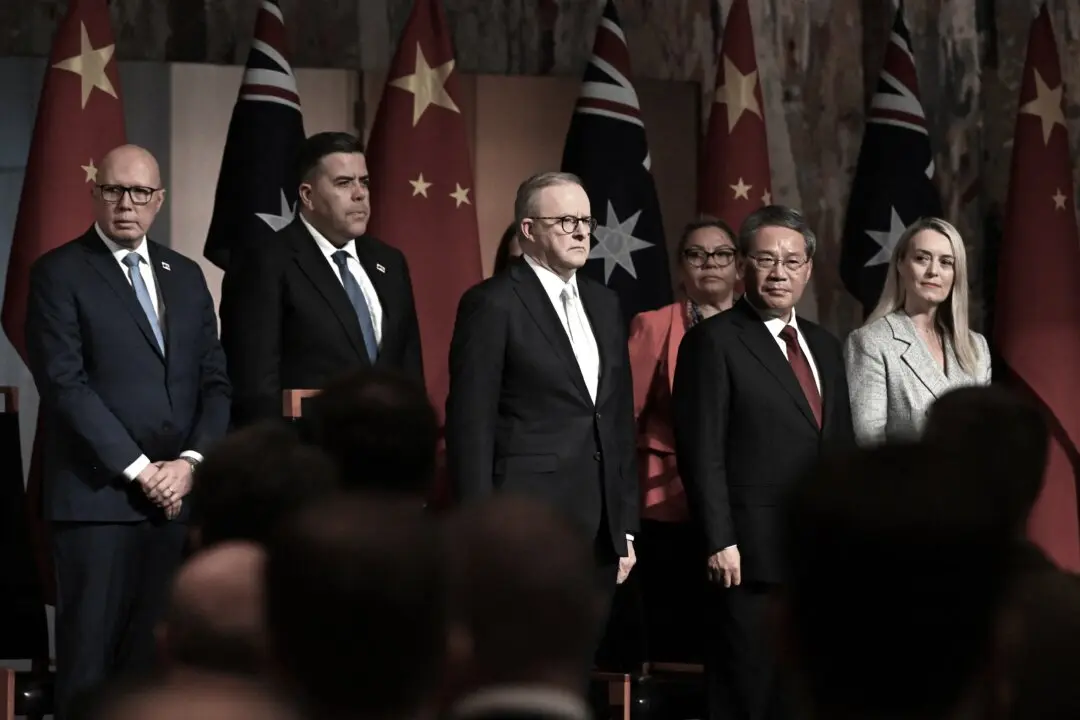Pillar Two of AUKUS, which involves the exchange of technology between the United States, Australia, and the UK, has more potential benefit to Australia than Pillar One—the purchase of nuclear-propelled submarines—but it has become “bogged down” by regulation says a leading strategic analyst.
Michael Shoebridge, director of Strategic Analysis Australia, says the United States does not possess the capacity to deliver the submarines it has promised Australia. This echoes concerns expressed recently in a report to Congress from the U.S. Congressional Research Service.






